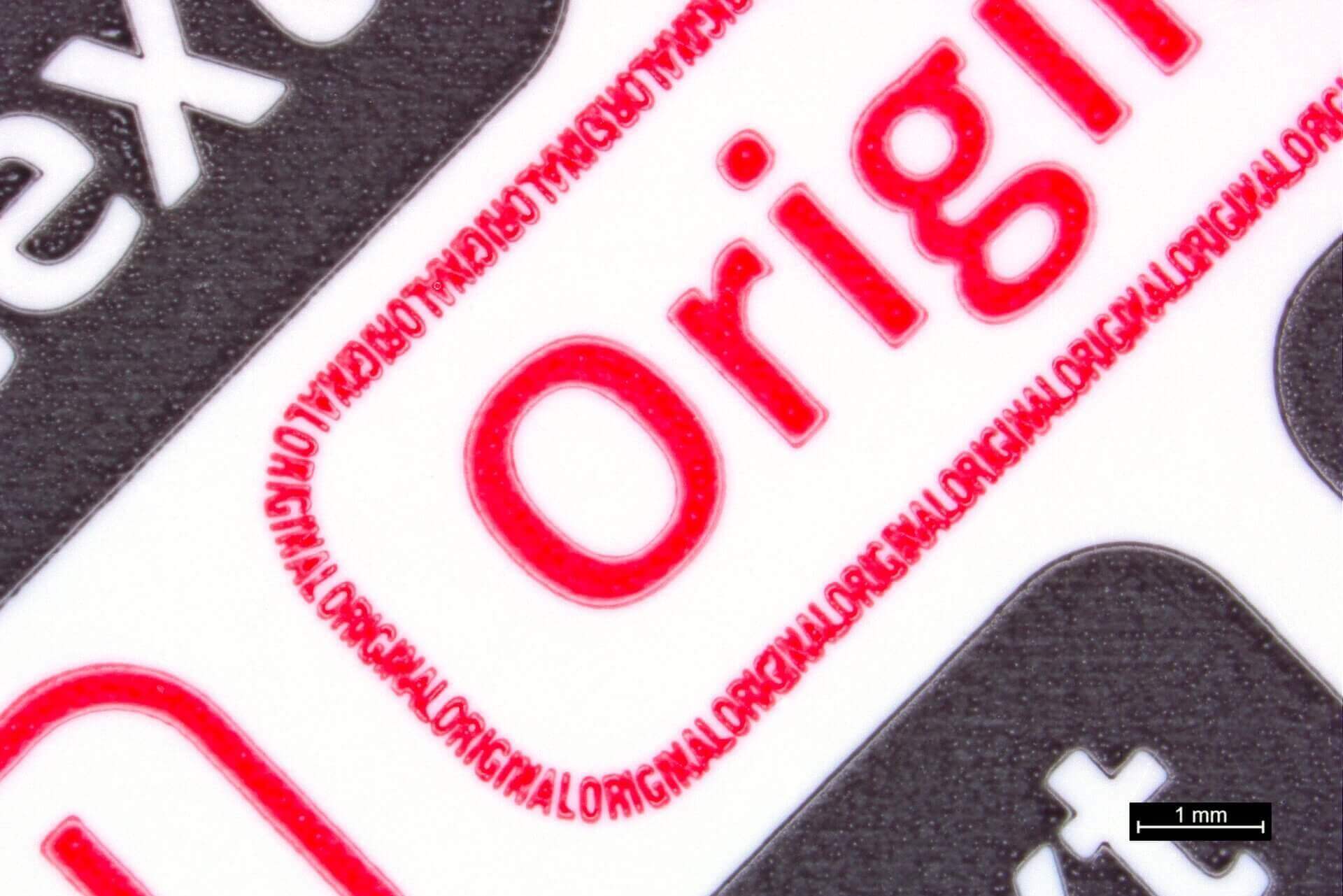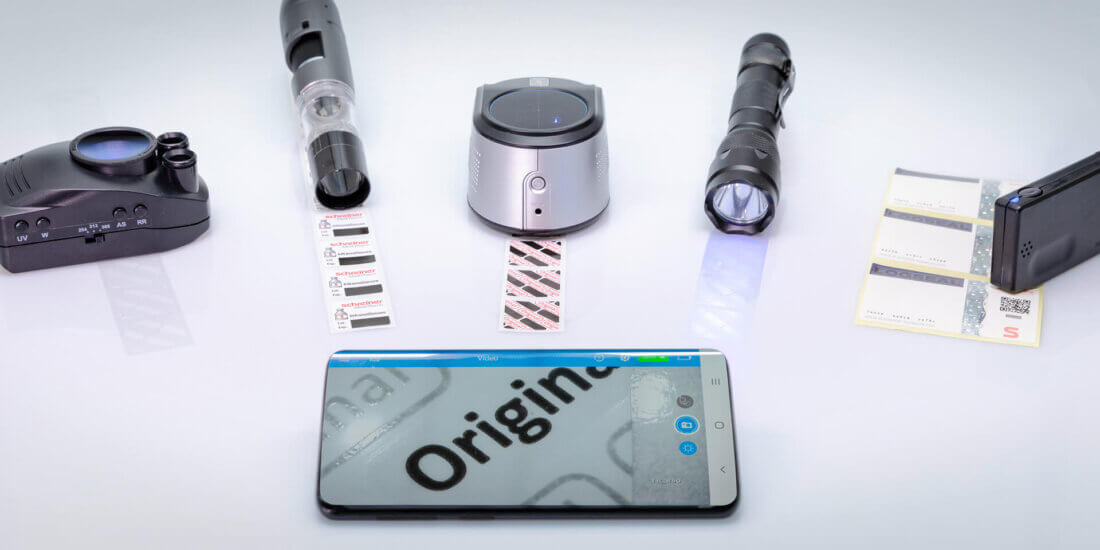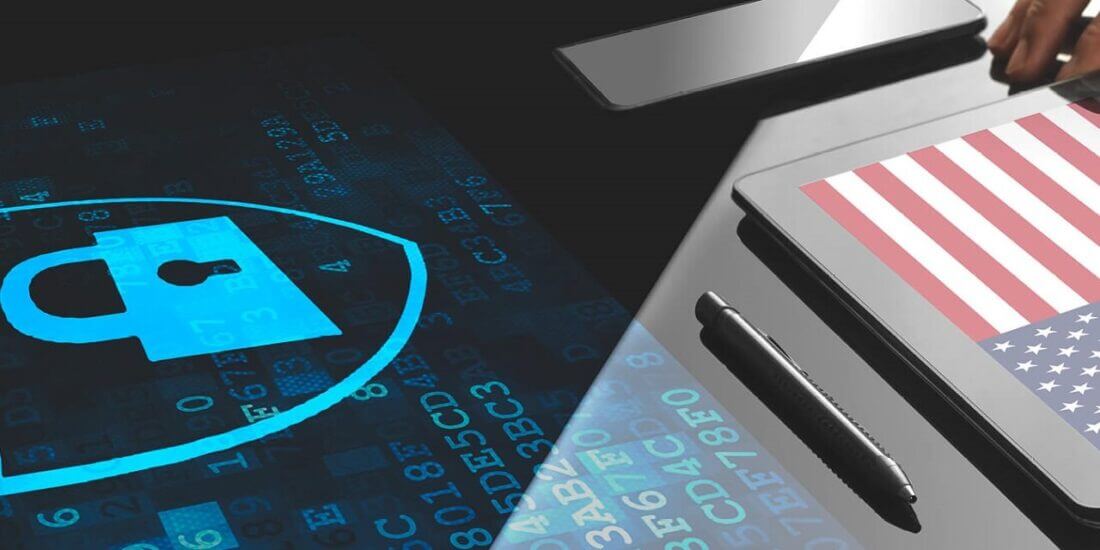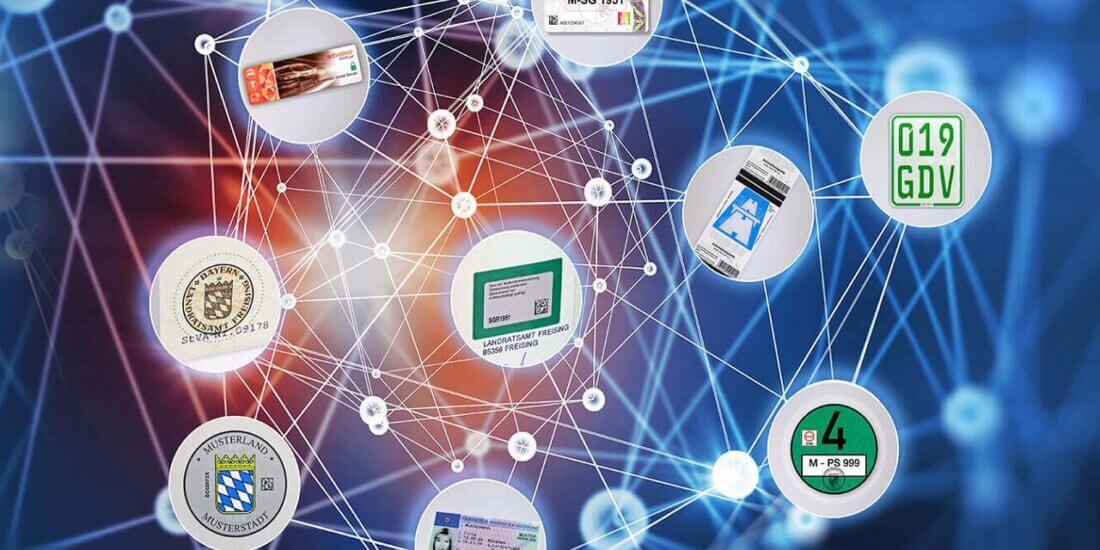Microtext: Modernization of Popular Security Technology
SCHREINER PROSECURE
Microtext: Modernization of Popular Security Technology
54 percent of all faked products are currently getting into consumers’ hands through online retail. The lockdown of brick and mortar stores due to the corona pandemic has given pirated product sales an additional boost. Yet there are several ways in which products can be equipped with security features enabling their authentication. Microtext, for instance, is a widely used means of verification. It’s deemed to be an entry-level technology for product and brand protection due to its easy readability using conventional inspection tools like magnifying glasses and handheld microscopes. Schreiner ProSecure has modernized this proven basic technology in terms of layout design, manufacturing technology and printing techniques to raise previous counterfeiting protection to an even higher level.
Microtext is a security printing technology traditionally used in product and document protection. It features text being printed as small as technically feasible on secondary packaging or labels. Fonts with a height of up to 300 µm qualify as microtext. This semi-covert security feature is available at very low costs, suitable for very simple integration into products and production processes and can easily be verified by consumers. These benefits have made microtext a popular and frequently used anti-counterfeiting feature. Unfortunately, product pirates have by now caught on to this as well. Schreiner ProSecure responded to this threat and has raised the hurdle for criminals with a range of evolutionary developments:
Software for Flexible Layout Creation
A new layout program enables variable integration of microfont into a label’s artwork. This enhances the visual appeal of the security feature’s integration in the design and conceals the presence of the microscopic font a lot more effectively as well.
Enhanced Printing Tool for Smaller Font
The smaller the font the less conspicuously and technically more difficult is printing it. Now, a font height of only 100 µm can be achieved by means of enhanced printing technology, depending on the customer’s desired level of quality.
Digital Printing for Serialization
Conventional printing methods use fixed, non-variable printing plates. In the future, variable number sequences for additional counterfeiting protection can also be created by using digital printing technologies such as inkjet printing.










